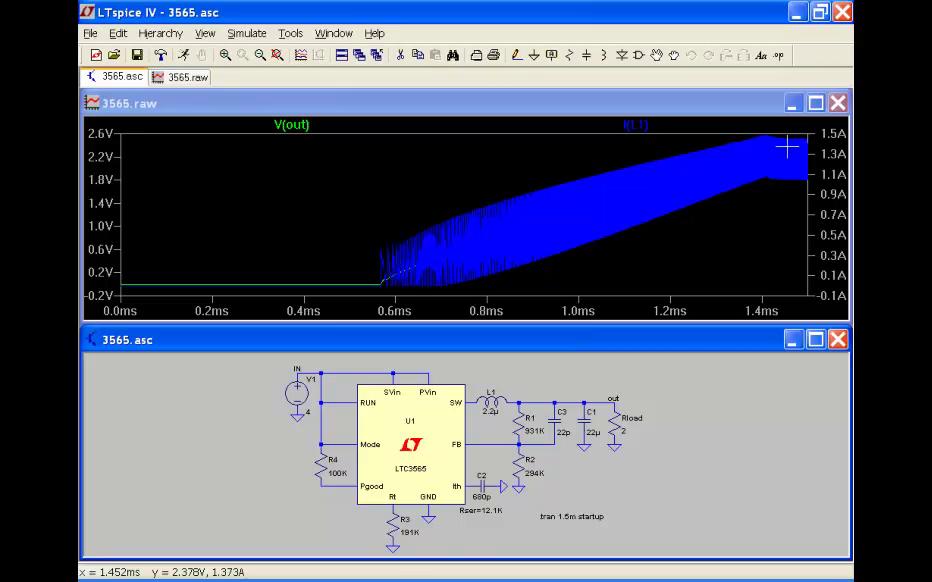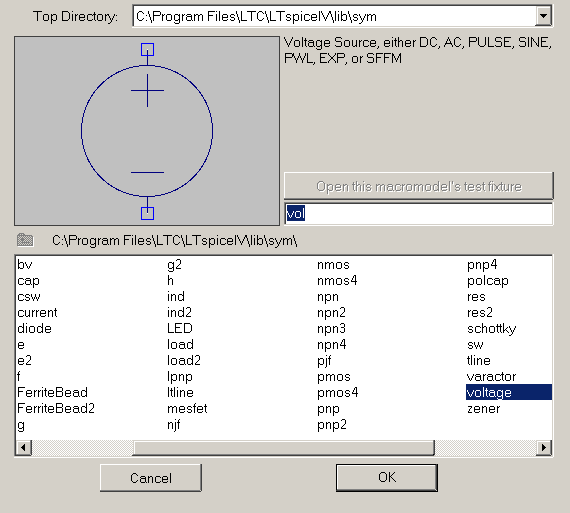
MACSPICE TUTORIAL PRO
My workhorse for synth design is a Macbook Pro so yeah gonna have to find a way to try out TINA. You can also export the data to CSV if you want to run a python script to do some specific analysis.
MACSPICE TUTORIAL HOW TO
There are some downsides but probably the software can do what I want and I just don't know how to do what I want in Tina. The only downside maybe is that there are a lot of tutorials for LTspice but Tina is mostly just the TI tutorials and also whatever you learned from LTspice that you can use in Tina. Tina has a web browser built in for grabbing spice models directly. I will leave it to the experts to design the spice models. If the there is no spice model I can build my own but that takes more time so I try not to ever do that.

I can import spice models in LTspice also but it takes 5 seconds in Tina maybe 15 minutes in LTspice. I can import spice models very easy and quick in TI Tina. This is why I switched from LTspice to TI Tina. How's the IC model availability for TINA? Like, can you find common synth stuff like VCA and OTA chips or do you gotta roll yer own? Go figure.ĭownside is I don't get some features in certain programs, like xspice support in ngspice, unless I compile it myself, and in that situation, if I can't just do './configure & make' then I can probably spend my time better elsewhere. I tried FreeBSD and NetBSD for a while, but they wouldn't work with the hardware I had as well as OpenBSD.
MACSPICE TUTORIAL UPDATE
OpenBSD turned out to be the easiest to setup and maintain, incredibly stable, and I only have to update it twice a year (and its become very seamless in the last few releases).

I settled on OpenBSD after years of cycling through distros, Linux and otherwise. I mean, yeah I hate systemd, but that's not the only reason. Or maybe you like BSD because you have a Mac? I know those have similarities. Debian is systemd also but I like Debian so I just accept systemd into my life.

I am forced to use yocto Linux at work for embedded projects with vendor support. Xspice is needed for things like the commonly available TL072 subcircuit.ĭo you hate systemd? I'm genuinely curious why you use openBSD? I am a Debian guy %100. Regarding ngspice, make sure its compiled with xspice support, or else you'll spend a few hours after work trying to remember why you switched to LTSpice on your secondary computer (Mac) instead of using ngspice on your main (OpenBSD). Very capable and powerful tool, written by a chip designer, but not really suited for learning. Falstad is very visual so great for learning.Įdit to add: if you're using ngspice there's a nice GUI schematic capture tool called XSchem. Although in practice to get any decent simulation results you end up adding all sorts of parasitic components into the schematic that it looks less and less like something you would build.įor initial learning go for something that is very easy to use and hides all the boilerplate/admin that you need when working with raw Spice decks. I've moved over to Simetrix from LTSpice for various reasons, but one issue that affects many simulators is the schematic import/export. EasyEDA apparently uses LTSpice as a Spice backend.

KiCAD has integrated ngspice, PSpice is part of OrCAD. However for the requirement of circuit import/export you really need to look for a schematic CAD with Spice netlist export. Two more to add to the list:īoth offer free limited-node versions which would be sufficient for learning.


 0 kommentar(er)
0 kommentar(er)
